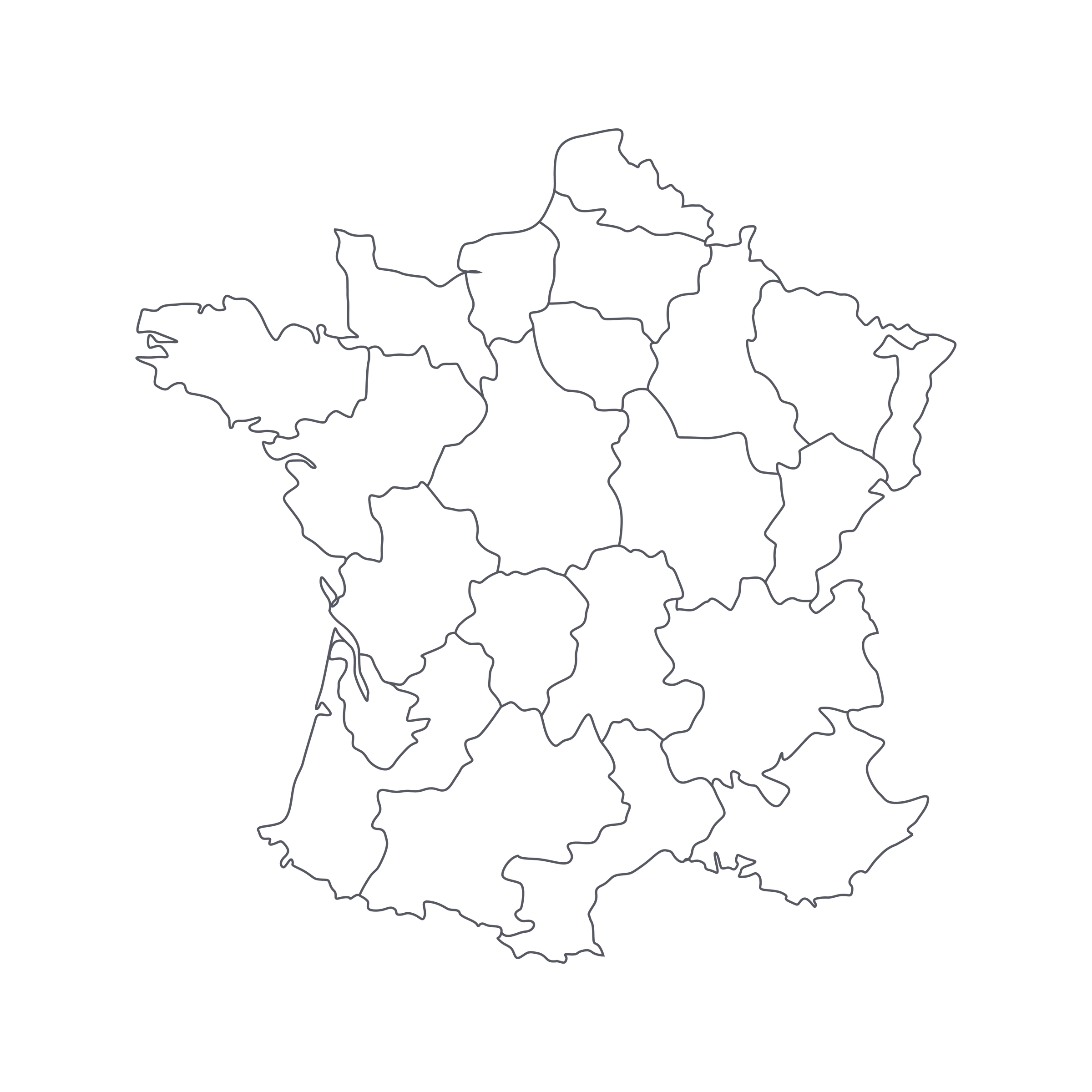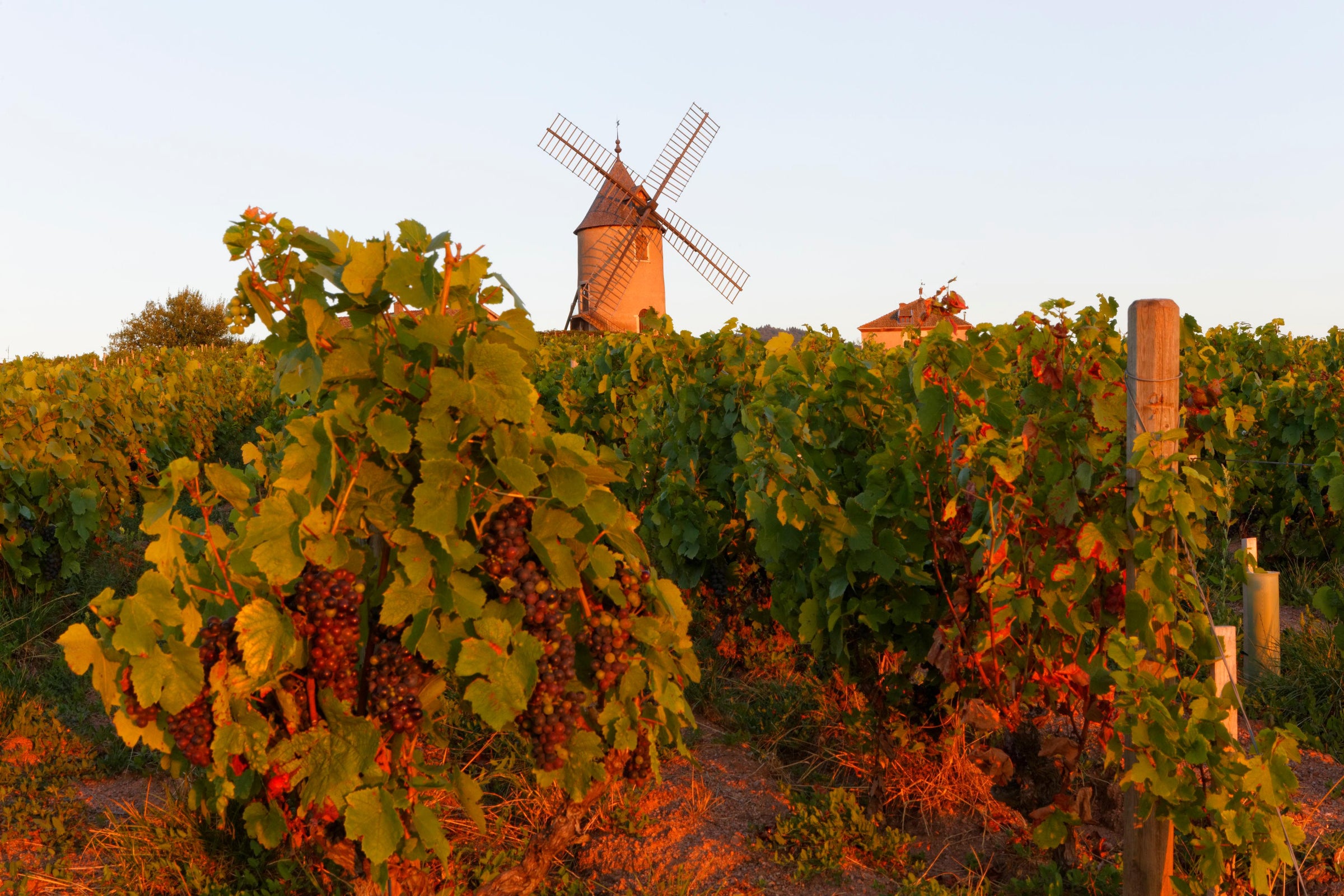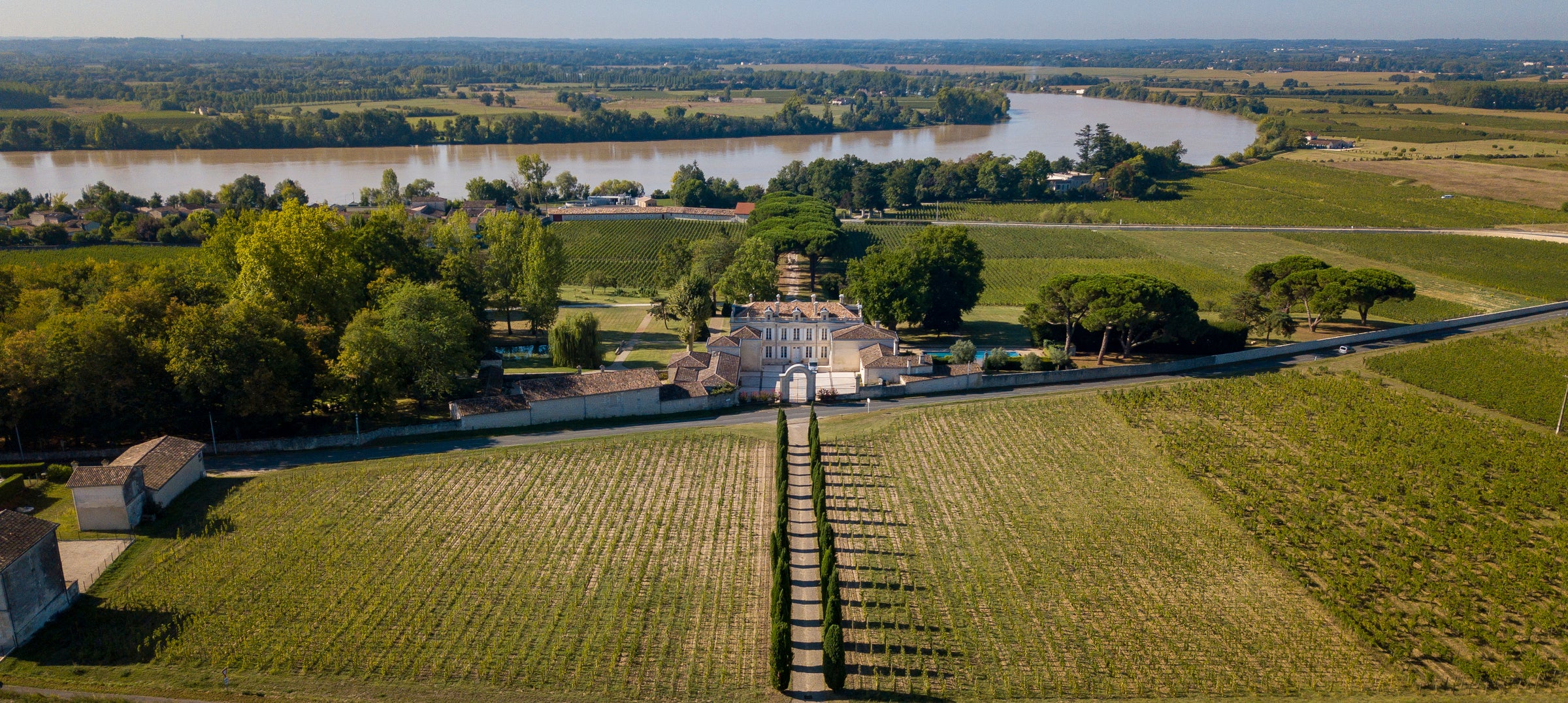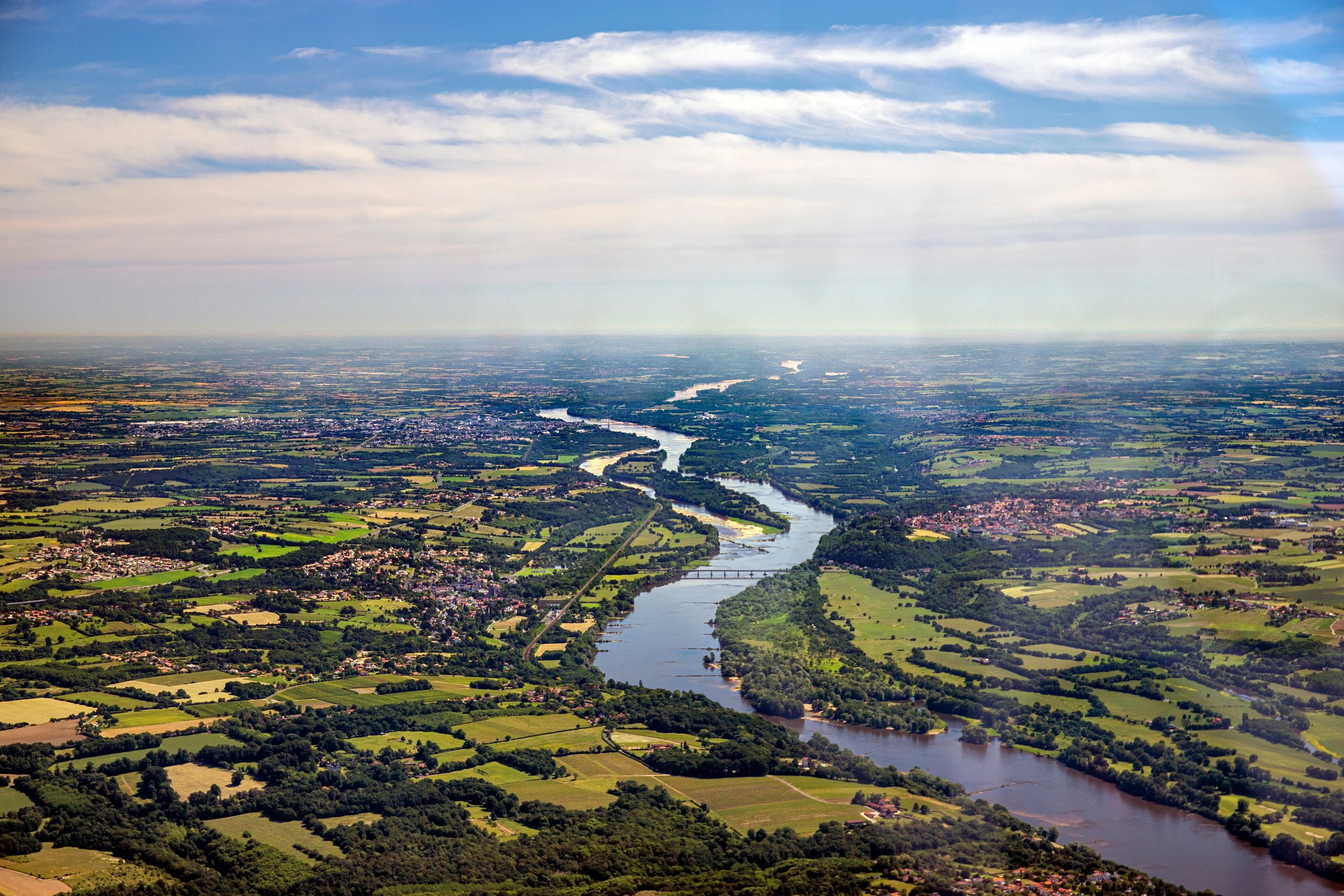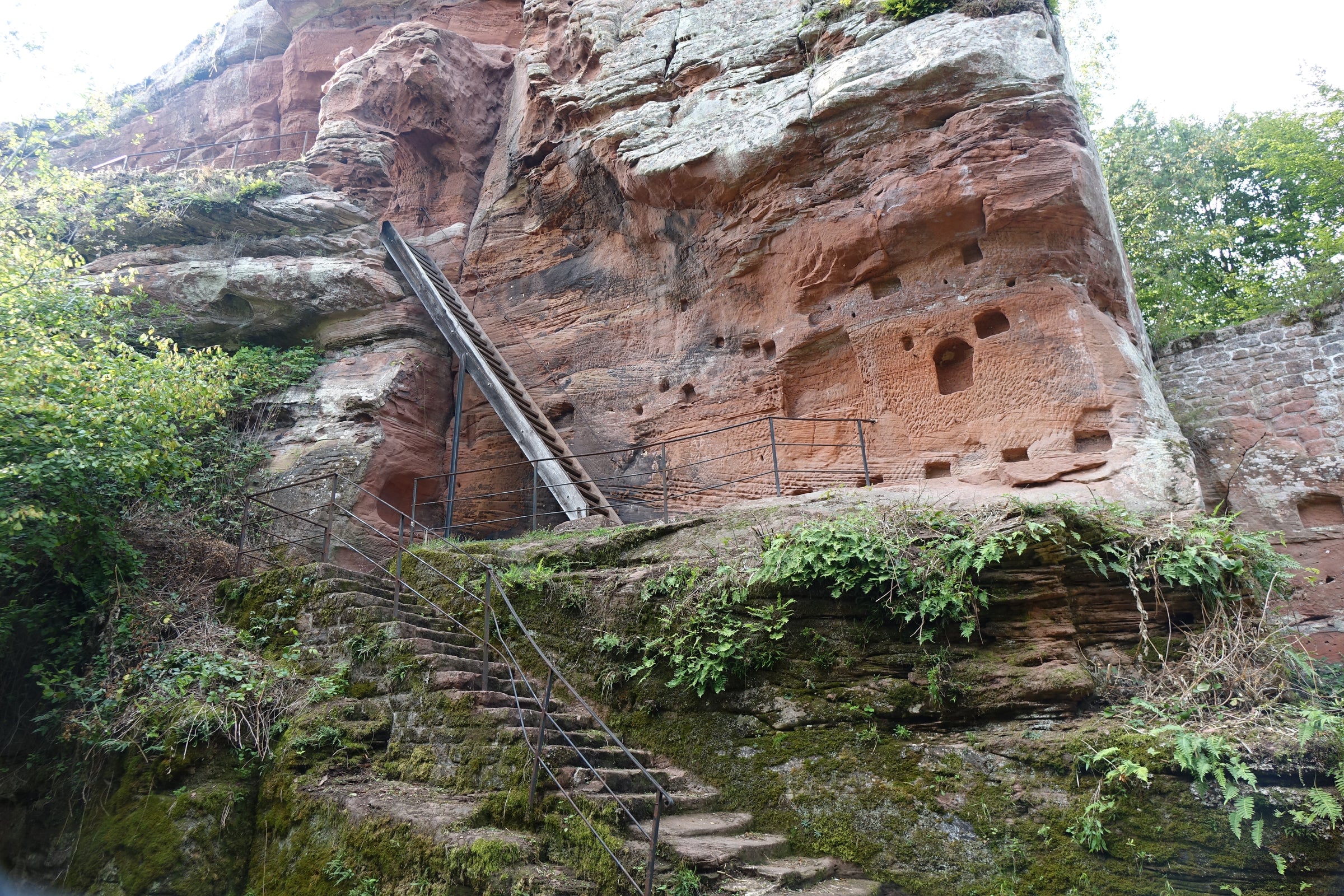Because Gamay is a cousin of Pinot Noir, and because Beaujolais is part of Burgundy, it’s hardly a stretch to compare Cru Beaujolais wines to red Burgundies (because they are red Burgundies). But in a generous vintage like 2017, Gamay sometimes leans in the direction of Northern Rhône Syrah, exhibiting a deeper, more purplish color and more dark-fruited flavors. Pascal Granger, already known for some of the most serious, built-to-age reds in Beaujolais, delivered a bold, juicy Juliénas in 2017, and while it isn’t going to be mistaken for Côte-Rôtie, it’s a Gamay of real substance and sophistication.
Granger is perhaps the most celebrated producer in Juliénas, and this wine comes from a prized walled vineyard called “Clos des Poulettes”—a 1.6-hectare parcel rooted in soils of decomposed granite. Without going to extremes, this ’17 adds a few extra layers to the typical Cru Beaujolais framework, but its finessed, aromatic finish keeps it rooted in its place. That added depth doesn’t mask the wine’s energy and lift, which likely owes to the heritage vines in the Clos des Poulettes and Granger’s well-documented skill in the cellar. For the equivalent quality and terroir expression in the nearby Côte de Beaune or Northern Rhône, you’d easily spend two to three times this wine’s extremely modest price. This is a lot of deliciousness for the money!
Pascal Granger’s farmstead and vineyards are in and around the hamlet of Les Poupets in the village of Juliénas. The Granger family has farmed these same vineyards for going on three centuries, dating back to the Napoleonic era, with parcels continually being passed down across multiple generations of Granger fathers and sons. The bottle we are offering today hails from one of the region’s only clos (walled vineyard). The Clos des Poulettes is an ancient site that has been farmed by the same family’s hands for multiple generations. A hillside exposure and a combination of clay, gravel, and decomposed granite create a terroir dream scenario. Fruit is hand-harvested, with approximately 30% left to ferment with whole clusters intact, while the remainder is destemmed. Fermentation at Granger occurs in cement vats and can extend upwards of 3 weeks. Compared to other nearby estates, this is an eternity, and a significant contributing factor to the robustness, depth, and impressive structure of today’s wine. Following fermentation, the wine was racked into neutral oak demi-muids (larger barrels) for six months of aging, before an additional period of bottle aging before release.
The ripeness of 2017 is in thrilling evidence here, but what really stands out about the wine is its energy and mineral imprint. It’s way more than a juicy quaffer, its added fruit extraction framed nicely by stony minerality and gentle tannins. In the glass, it has a nearly opaque ruby-purple hue moving to magenta at the rim. Aromas and flavors of blackberry, black cherry, pomegranate, iodine, violets, black pepper, and turned earth. It is densely concentrated but fresh and easy to drink, blossoming beautifully after a short stint in a decanter. Serve this at a cool 60 degrees in Burgundy stems and pair it with perhaps the ultimate dish for top-tier Cru Beaujolais: coq au vin. Yes, it’s been done, but there’s a reason—it works like a champ! Enjoy!
